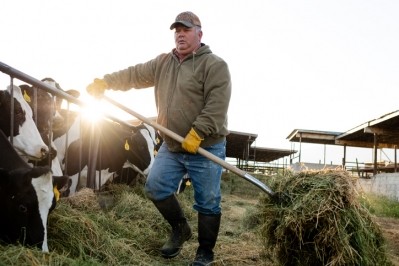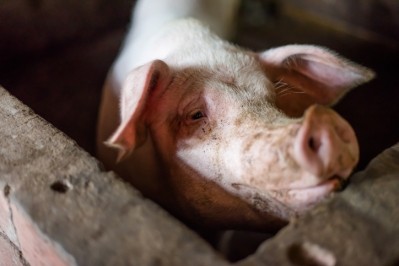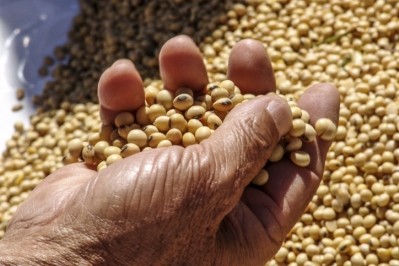A perfect storm of events undermining US soybean market

The US Department of Agriculture highlighted details of anticipated US feed and agricultural exports in an US agriculture outlook report released Thursday [May 30].
Overall, total agricultural exports for the 2019 fiscal year are anticipated to fall to about $137bn, down $4.5bn from estimates made at the start of the year, said the authors, Kamron Daugherty and Hui Jiang.
“Corn and wheat exports are forecast down $1.4bn and $1.2bn, respectively, on lower volumes and unit values,” they said. “Soybean exports are forecast down $1.5bn to $17bn, driven by lower demand due to African Swine Fever, weak prices, and continuing trade tensions with China.”
“The price premium for South American soybeans temporarily evaporated between early January and mid-May, eliminating the price advantage that US soybeans had in markets outside China,” the authors said. “Weaker soybean demand in China also has contributed to price weakness as US producers continue to hold large stocks.”
“On the other hand, continued strong soybean meal demand and weaker soybean prices have contributed positively to crush margins, so soybean meal prices and export volumes continue to hold steady,” they added.
Total exports of livestock, dairy and poultry products are forecast to fall by $500m, as increases in certain product exports do not completely offset declines in beef, and pork, they said.
Sorghum, corn
Total exports for US grain and feed are forecast to be about $31bn in fiscal year 2019, a drop of $2.7bn from estimates made earlier in the year, they said.
Corn exports are set to decline to about $10.4bn: “US corn continues to be less price-competitive than South American corn."
Sorghum exports also are anticipated to decline based on volume reductions, they said. However, exports of distillers dried grains with solubles (DDGS) and alfalfa are expected to be strong, while combined feed and fodder exports remain steady.
Meat export forecasts
Although exports for dairy products are anticipated to increase, the overall export of livestock products is forecast to decline, they said.
Exports of beef products are predicted to be down $300m, while pork exports have been reduced by $100m, the authors said. However, there could be potential for improvement in both areas as the US looks to expand its market share in beef in Asia while producers in Australia face weather challenges.
Similarly, the slow export pace for pork in the start of 2019 has the potential to be offset later in the year based on increased global demand and rising prices following the spread of ASF in Asia, they said.
Regional trade
Total US exports are anticipated to fall in the fiscal year, the report authors said. Declines are predominantly linked to Asia.
“Compared to February, exports to China are forecast down $2.5bn to $6.5bn,” they said. “Shipments to date have been more sluggish than previously expected, especially for soybeans, hides and skins, and feeds and fodders. Exports to Hong Kong are forecast down $800m to $3.8bn, primarily because of lower tree nut and meat sales.”
Exports also are forecast to fall to parts of Southeast Asia with exports to Indonesia falling $200m and to Thailand $300m, they said.
“Exports to Canada and Mexico are forecast unchanged at $21.5bn and $19.7bn, respectively,” the report authors said. “Reduced prospects for US wheat in Mexico are offset by strong demand for US dairy products.”
The forecast for South America also predicts declines following the ongoing political and economic crisis in Venezuela, they said.
Export expectations for North Africa were dropped by $400m, and those to Russia increased by $100m, they said.
Imports of oilseeds and related products are anticipated to fall $200m from predictions made earlier in the year, they said. However, imports of livestock, poultry and dairy products were raised.













